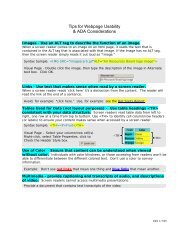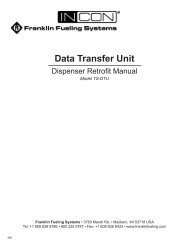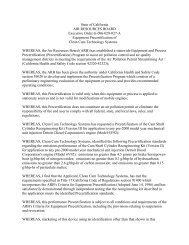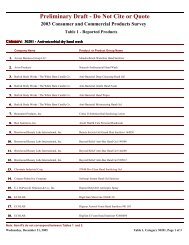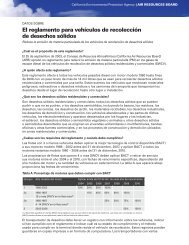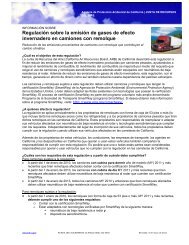Installation, Operaton and Maintenance Manual (IOM)
Installation, Operaton and Maintenance Manual (IOM)
Installation, Operaton and Maintenance Manual (IOM)
Create successful ePaper yourself
Turn your PDF publications into a flip-book with our unique Google optimized e-Paper software.
VST <strong>Installation</strong> Procedure for<br />
Phase II Coaxial EVR Balance<br />
Safety Breakaway Devices<br />
NON-Reattachable Breakaway Part Number Series: VSTA-EVR<br />
Figure 1.<br />
EVR Balance Hanging Hardware Assembly<br />
Balance<br />
Whip Hose<br />
Safety Breakaway<br />
Primary Hose<br />
Torque wrench with<br />
1-7/8” (48mm) openended<br />
attachment<br />
2-1/4” (57mm) openended<br />
wrench<br />
Vapor Systems<br />
Technologies, Inc.<br />
L<br />
U<br />
HIGH FLOW<br />
HIGH FLOW<br />
Vapor Systems<br />
Technologies, Inc.<br />
L<br />
U<br />
Vapor Systems<br />
Technologies, Inc.<br />
L<br />
U<br />
HIGH FLOW<br />
50<br />
50<br />
50<br />
50<br />
APPLICATION<br />
Vapor Systems Technologies, Inc.<br />
650 Pleasant Valley Drive<br />
Springboro, Ohio 45066 (USA)<br />
Toll Free: 1-888-878-4673<br />
Phone: 937-704-9333<br />
Fax: 937-704-9443<br />
www.vsthose.com<br />
These VST Safety Breakaway devices are intended to prevent<br />
damage to the dispenser <strong>and</strong> hose in the event of a vehicle drive<br />
off. These devices separate at pull forces up to 350 lbs. Prior<br />
to installation (see <strong>Installation</strong> Preparation), you will need to<br />
determine that 350 lbs. of pull force will not damage the dispenser.<br />
After verifying that the dispenser is securely bolted to the isl<strong>and</strong>,<br />
it can be tested by using a spring scale <strong>and</strong> a length of rope. The<br />
rope must be connected at the dispenser outlet casting, which<br />
may require a threaded bushing with a hole for attaching the<br />
rope. Attach the scale to the rope <strong>and</strong> pull to 350 lbs. in several<br />
directions. Be sure to avoid damaging the dispenser.<br />
NOTE<br />
a.<br />
b.<br />
The whip hose ALWAYS attaches to the dispenser. If<br />
a retractor is being used, the retractor clamp MUST be<br />
between the breakaway <strong>and</strong> the dispenser.<br />
VST hoses are made to withst<strong>and</strong> 350 pounds tensile<br />
pull without damage. If another br<strong>and</strong> of hose is present<br />
at the dispenser, VST recommends that you contact the<br />
hose manufacturer regarding the compatibility with this<br />
breakaway device.<br />
GENERAL INFORMATION<br />
If hanging hardware components are involved in a drive-off or<br />
incur other customer abuse, each individual component must be<br />
functionally tested prior to customer dispensing activities.<br />
INSTALLATION PREPARATION<br />
This procedure must be followed to insure leak-proof installation<br />
<strong>and</strong> operation of these safety breakaway products.<br />
1.<br />
1.<br />
2.<br />
3.<br />
4.<br />
Turn off <strong>and</strong> tag the power to the dispenser. Dispenser must be<br />
de-energized prior to service to avoid personal injury.<br />
Barricade work area to block vehicle access to the dispenser.<br />
Close the dispenser shear valve prior to removing hanging<br />
hardware (hoses, safety breakaways, <strong>and</strong> nozzles).<br />
Drain liquid product from the hanging hardware set into an<br />
approved container prior to replacing any hanging hardware<br />
components.<br />
Remove hanging hardware from the dispenser prior to<br />
making replacement component assembly connections. VST<br />
recommends connecting the whip hose to the dispenser as the<br />
last connection during the hanging hardware assembly<br />
VST <strong>IOM</strong> / VR-204-A / Section 13 <strong>Installation</strong>: Phase II Coaxial EVR Balance Breakaway 13-1







